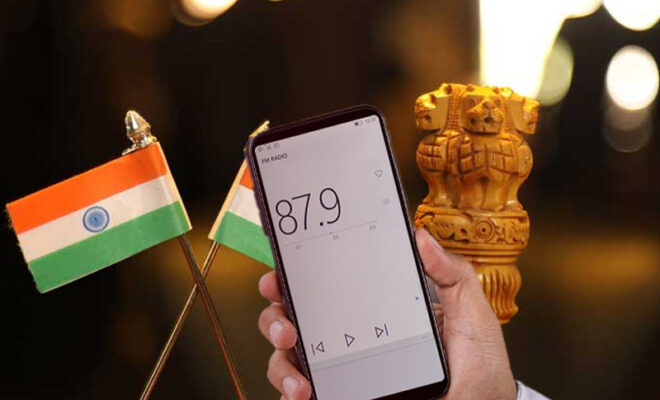Why Does The Govt Want FM Radio On All Mobile Devices?

FM Radio becomes one of the best mediums to send information to the public in case of emergencies. MeitY has sent advisory to all phone manufacturer companies.
The central government has ordered manufacturers of mobile phones with FM receivers and tuners not to remove the frequency modulation (FM) facility by default.
The Ministry of Electronics and Information Technology (MeitY) emphasized in the advisory that companies whose devices lack FM should make efforts to provide the service, according to the ET, which cited a copy of the advisory.
The disabling of FM radio on mobile phones hinders the Centre’s ability to disseminate timely information in the event of an emergency, according to the ministry.
The advisory was reportedly sent to the Indian Cellular and Electronics Association (ICEA) and the Manufacturers Association of Information Technology (MAIT).
MeitY has issued the advisory after observing a “dramatic decline” in the number of FM tuners, which has hindered the ability of the impoverished to receive free FM radio services.
“FM broadcast is a dependable and robust communication system. According to a MeitY advisory, FM stations serve as vital communication connections between local authorities and citizens during natural disasters.
Interestingly, FM radio has been declining due to competition from music streaming services, television, and even cassette tapes.
Nonetheless, the decline in frequency has been increased by the popularity of streaming services, as an increasing number of people have migrated away from FM to obtain information such as news, music, and match commentary.”
FM, or Frequency Modulation, is a fundamental signal modulation technique used to transmit sound waves over extended distances. Typically, FM radios operate between 87.5 and 108.5 MHz.
Given that the FM radio frequency is significantly lower than that of mobile networks (for context, 5G operates primarily between 600 MHz and 25.000 MHz), it has a greater range and can even be accessed in locations with intermittent mobile connectivity.
While the use of FM radio for entertainment has declined dramatically in recent years, it remains useful for the rapid dissemination of information of public interest.
In the case of calamities, such as natural disasters, the government can rapidly transmit potentially life-saving information over a vast area.
Also Read:- Google Pixel Fold: Google Reveals Its First Foldable Phone
Certainly, there are still operational radio stations in India. According to the state-owned broadcaster Prasar Bharti, the government’s All India Radio still operates 262 radio stations in India, encompassing 92% of the country’s land area.
According to the Economic Survey for 2022-23, there are 388 private stations operating in the country as of 30 June 2022.



